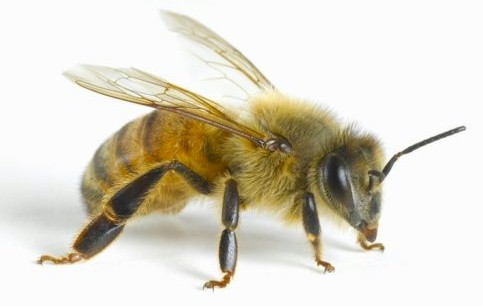Italian honey bees (Apis mellifera ligustica) are thought to have been originated from the continental part of Italy, south of the Alps, and north of Sicily. The subspecies may have survived the last Ice Age in Italy. They are genetically a different subspecies than that from the Iberian Peninsula and from Sicily. They are the most widely distributed of all honey bees, and have proven adaptable to most climates from subtropical to cool temperate, but they are less successful in humid tropical regions. They are sometimes called the Ligurian Bee.
Italian Bees, having been conditioned to the warmer climate of the Central Mediterranean, are less able to cope with hard winters and cool, wet springs of more northern latitudes. They do not form such tight winter clusters. More food has to be consumed to compensate for the greater heat loss from the loose cluster. The tendency to raise broods late in autumn also increases food consumption. The noted beekeeper,
Thomas White Woodbury, first introduced the Italian Bee to Britain in 1854 and regarded it as vastly superior to the English Black.
They are very gentle, have good brood patterns, are not prone to swarm, great honey producer, light on excess propolis (a resinous mixture that is
produce by mixing saliva and beeswax with exudate gathered from tree buds, sap flows, or other botanical sources; also known as bee glue) and make nice looking white comb honey. They are a great bee for someone new to beekeeping.
However, they can drift between hives and not find their home. They are prone to rob other hives during a dearth (a lull in nectar flow).
